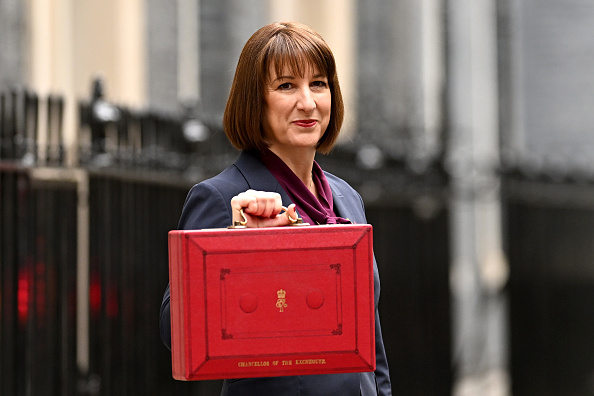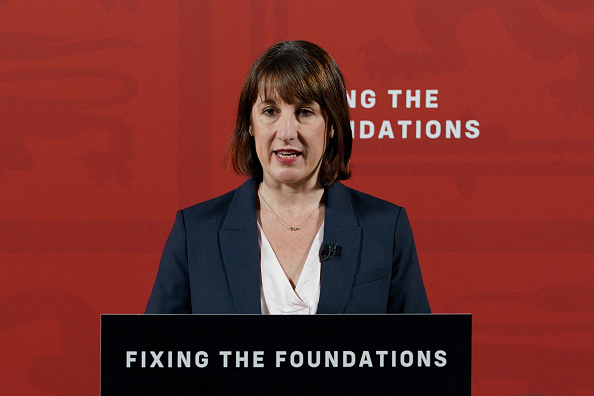Today, research by Greenlight reveals John Wanamaker’s infamous quote – ‘half the money I spend on advertising is wasted, the trouble is I don’t know which half’ – still holds true for much of the marketing industry in 2017, with more than a third (36 per cent) of digital marketers confident their campaigns are targeting the right audience.
In a bid to understand how digital marketers are spending and tracking their budget, digital marketing agency Greenlight commissioned a survey of 200 digital marketing professionals. It seems that on top of marketers being unsure whether or not they are targeting the right audience, almost a quarter (23 per cent) aren’t even tracking campaign spend whatsoever.
Discrepancies in understanding their audience
It’s obviously worrying that 36 per cent don’t have confidence in their campaign targeting, and even more shocking is that almost one in five (18 per cent) don’t think their campaigns are reaching their desired audience at all. One in ten (ten per cent) are not even sure which channels are the most valuable for their campaigns. In fact, even those that do know are not dedicating their budgets to the right channel, with 17 per cent still yet to commit their budgets accordingly.
Wrong channels, wrong audience
More than a third (35 per cent) of those surveyed spend most of their marketing budget on social media campaigns, even though only 23 per cent of consumers like to be targeted via social. An even greater concern is that 21 per cent of professionals are dedicating most of their budget to content marketing, when in reality only three per cent of consumers like to be communicated through content such as blogs, online advice pieces and sponsored content.
These findings demonstrate that many marketers are spending their budgets ineffectively, with a great risk of not reaching their desired target audience via relevant channels – disappointing considering the potential for such extensive audience insight available nowadays.
Understanding a brand’s target audience is vital for today’s marketers. In fact, it always has been, but now there are tools such as data management platforms, that can truly paint a full picture of what that audience looks like in reality helping to shape audience-led campaigns that ultimately meet the wider business objectives.
Andreas Pouros, CEO and co-founder of Greenlight comments, ‘Wanamaker’s quote may be nearly 100 years old, but it is clear that many in the industry are still struggling. This is down to some digital marketers not being able to identify their key audience and ensuring they take the next steps to target them through the right channels with the right messaging. It may seem daunting but digital marketers should make the most of the data they have to hand, and aim to dig a little deeper so their brand gets seen in the right places by the right people. The best campaigns are led by audience insights and by focusing on this, marketers will then, in turn, be able to prove ROI and demonstrate the impact of their campaigns to the broader business.’
Measuring and tracking success
Alongside identifying their audience, measurement and tracking of spend are essential when demonstrating the business impact of campaigns. However, the industry struggles overcoming the challenges around multiple data sources and tracking online vs. offline spend, with 44 per cent and 35 per cent admitting to struggling respectively.
The research finds awareness metrics, such as site traffic and impressions, and customer acquisition cost as the most common measurement metrics used amongst digital marketers at 31 per cent – both smart, informative forms of measurement. However, one that appears to be missing from priority is engagement, coming in at 29 per cent.
Pouros also adds, ‘The reality is marketers can’t look at metrics in isolation, as it can lead to a tunnel-view approach to campaigns, which can then restrict the creative element. Ultimately, having an end-to-end understanding of your customer interactions is key to success, and will lead to better personalised campaigns as a result of that full, unique customer understanding.’





